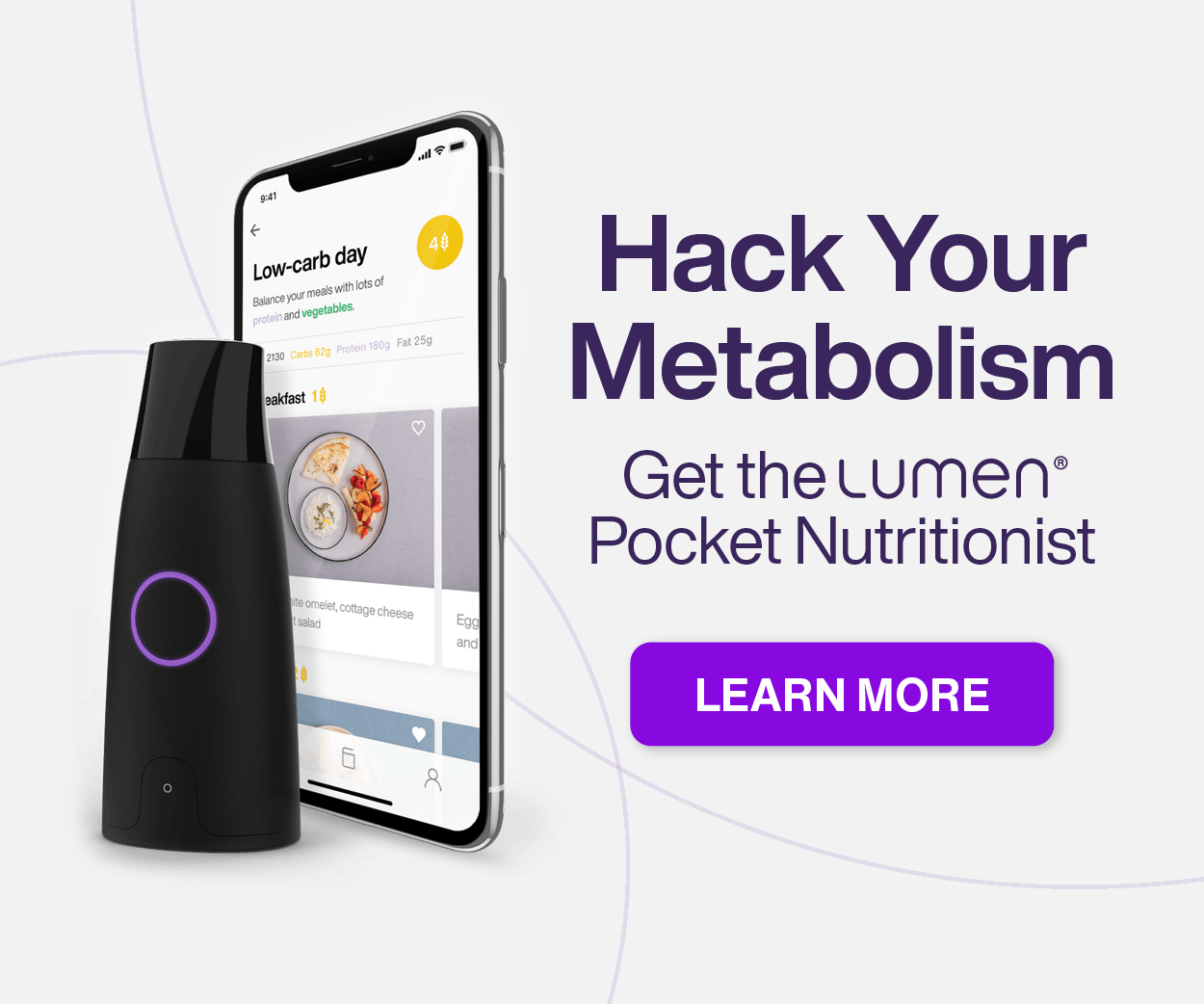
A mom friend was telling me today about the turmoil of diaper rash, and she was shocked to discover that we’ve never had a bout of it. As luck would have it, literally THE DAY I STARTED WRITING THIS ARTICLE, we had our first incident!! And it was all because I got lazy and broke rule number 1 below. But, this was actually a blessing in disguise, as I now actually have personal experience with the beast that is diaper rash, and can even further attest to the effectiveness of the remedies in this article!
There are a bunch of factors that play into diaper rash, but let me be the first to tell you, it’s not just another icky inevitability of babyhood. You can totally prevent diaper rash by taking a few, simple steps.
So what causes those rashy bums? These are the main perpetrators:
Diaper Rash Cause #1: Infrequent changes
Leaving your baby in a soiled diaper for too long breeds bacteria and irritation. I got lazy with this and left little M in a poopy diaper for literally 30 minutes before her pre-bedtime change and voila, diaper rash reared its ugly head for the first time ever! In addition to the bacterial breeding ground that is a soiled diaper, there are also the toxic chemicals (dyes, perfumes, bleach) that are added to many conventional diapers, which act as further irritants when baby wears a moist one for too long.
Now, I’m not saying you need to change your baby the second they pee, but you may need to switch diaper brands to a super absorbent, allergen-free brand. My top pick is Bambo Nature, which are incredible absorbent and free of any chemicals that can cause a reaction, while still being super breathable. This last piece is key. Many very absorbent diapers don’t allow for any air to circulate, which defeats the entire purpose and can actually cause diaper rash! My baby goes all night in these puppies, and when I change her heavily soiled diaper in the morning, her skin is dry, soft, and rash/redness-free. Now I know these fancy, breathable, eco-friendly diapers are pricey, and not feasible for everyone. Earth’s Best is another, less expensive alternative. If switching to a healthier, eco-friendly diaper isn’t an option, then you must must must change your baby frequently, even if it’s just pee. If they’re prone to diaper rash, before and after every nap (or once every hour or two) is best.
Diaper Rash Cause #2: Yeast
This one is equally a factor for you as it is for your baby. Yeast is a major, and often overlooked, cause of diaper rash. An overgrowth of yeast (or candida albicans) starts in mom’s body, and is caused by poor diet (high in sugar and refined grains), frequent use of antibiotics, and even stress. This yeast can transfer to your baby’s system during vaginal birth and then be exacerbated through nursing. If your baby has also had a case of thrush, or even eczema or psoriasis, you can be sure that yeast is a major culprit of his or her diaper rash. The solution (and plan for prevention) is three-fold: clean up your diet (if you’re nursing. I mean, you should do it anyway even if you’re not, because candida is definitely creating some health problems for you too!), give baby lots of diaper-free time, and take a good quality probiotic (for both you and baby). A moist diaper is a breeding ground for yeast, so keeping baby dry (see #1 above) and letting baby hang out (preferably outside!) without a diaper daily will help to heal the yeast as well. Tee tree oil, apple cider vinegar, and coconut oil are also great yeast-fighting substances. Use pure coconut oil or a coconut oil-based natural diaper balm to speed things up (see #3 below). And a probiotic is both healing and preventative, by encouraging the growth of healthy intestinal flora, which keeps yeast in check. My favorites are Klaire Labs Women’s Probiotic for mommy and the Klaire Infant Formula for baby.
Diaper Rash Cause #3: Toxic chemicals in baby products
With baby’s delicate skin, less is definitely more. Baby doesn’t need tons of products to keep the diaper area smooth, dry, and healthy. The more natural, the better! Here’s why: most conventional baby products like wipes, creams, and powders are toxic and irritating to baby’s skin, and can even be harmful to their health long-term. Wipes contain alcohol, disodium EDTA, and a slew of chemicals which are irritating to baby’s skin. Baby powder can contain talc (which is an irritant, and has been linked to ovarian cancer), cornstarch (which feeds candida and leads to more diaper rash!), and chemical perfumes and fragrances which are super irritating. And conventional diaper creams and ointments can contain mineral oils, petrolatum, paraffin, chemical fragrance and more awfulness. Ironically, these ingredients can actually trigger the very problems that they are supposed to treat! So natural, or go home. I recommend Water Wipes (the cleanest wipes out there), Earth Mama Baby Angel Bottom Balm or Maty’s All-Natural Baby Ointment. If you’re feeling super minimal, you can even use organic coconut oil as a barrier balm at night as a wonderful preventative measure!
If it’s too late for prevention, and diaper rash has reared it’s angry head, I recommend alternating between Weleda Calendula Diaper Rash Cream and Gentle Baby essential oil (diluted 1:30 with fractionated coconut oil or another carrier). We did this for one day, combined with plenty of diaper-free time, and the diaper rash was gone!
Note: if you’re cloth diapering and using conventional laundry detergent, that can also be a factor! I recommend switching to a fragrance-free, eco-friendly (and therefore more natural) detergent like Ecos Free & Clear Baby Detergent.
So, to recap…

How to naturally treat and prevent diaper rash:
-
Switch to a natural, absorbent, breathable diaper, and keep baby dry!
-
Keep sugar out of your and your baby’s diet.
-
Have daily diaper-free time, preferably outside!
-
Eat a diet low in sugar and refined carbs (for both mama and baby).
-
Take a good quality probiotic, for both mama and baby.
-
Go simple and natural with wipes, balms, detergents, and creams.

















Leave a Reply